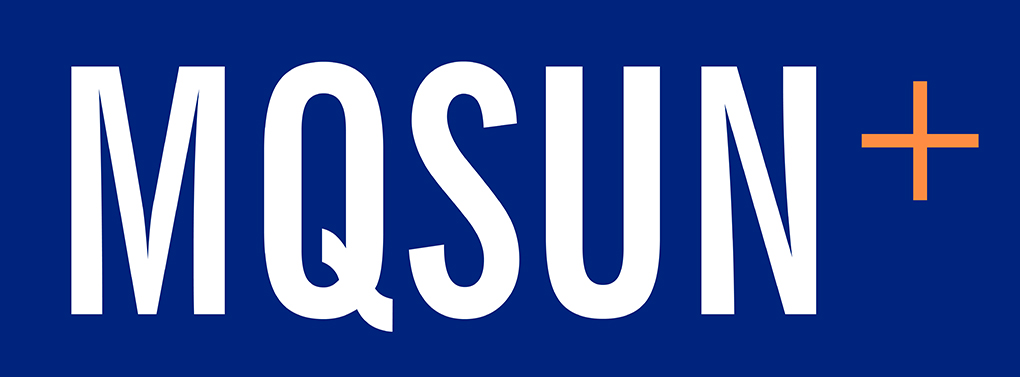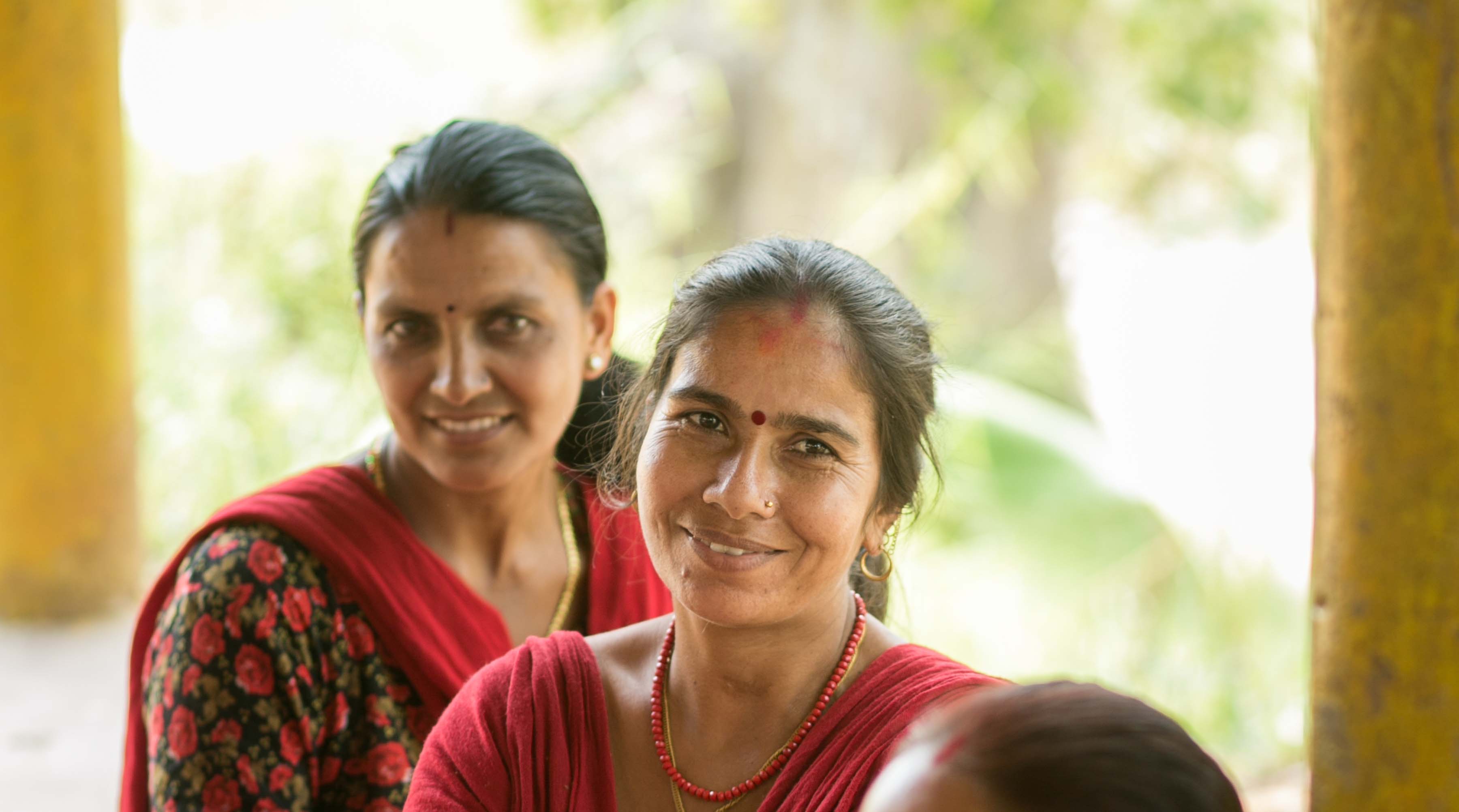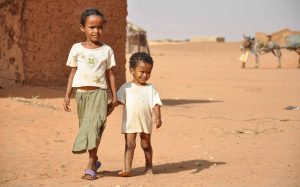Nutritional status can be strongly impacted by gender. Socially-constructed gender roles, in conjunction with biological differences in sex and age, influence nutritional needs and status of individuals, households, communities and societies. As well, inequalities in decision making and autonomy—especially for women—can lead to unequal access to and control of education, resources, information, income and political forums, amongst others, which can negatively impact a household’s ability to provide sufficient food, care and health services to all its members.
In line with the Scaling Up Nutrition (SUN) Movement Strategy and Roadmap, a key step SUN countries can take to achieve improved nutritional status for all is to adopt policies and plans that consider the unique needs of men, women, boys and girls and that address underlying gender inequities to remove key barriers to equitable nutrition outcomes. As of 2016, over 30 SUN countries had a common results framework in place with national nutrition action plans to guide the implementation and achievement of agreed nutrition goals and objectives.
In 2018, MQSUN+ conducted a systematic review to ‘take the temperature’ of 15 countries’ national nutrition action plans based on the criteria in the SUN’s Checklist on the criteria and characteristics of ‘good’ national nutrition plans—including an assessment of how these plans incorporate and aim to address the gender dimensions of nutrition—and to provide actionable recommendations for how to strengthen these plans for effective future action on nutrition.
Overall, the results from the assessment demonstrated some positive considerations of the gender dimensions of nutrition as well as areas for further strengthening.
Most of the reviewed plans include at least some gender-related discussion in their country’s situational analysis, however with high variability. There is also inconsistency in what health and population statistics—especially nutrition indicators—are sex-disaggregated within the plan. Positively, the majority of plans include at least some discussion around gender roles and norms—including women’s empowerment, time use and education and literacy—as associated with nutrition outcomes. Looking ahead, SUN countries could incorporate a gender analysis when conducting a situational or contextual analysis—through sex disaggregation as well as a broader exploration of cultural and societal gender norms, roles and relations that may influence nutrition.
Nearly all plans include at least some planned actions that incorporate gender dimensions of nutrition, such as those that promote women’s decision making and resource control, increasing women’s access to nutrition-sensitive interventions and increasing girls’ education, amongst others. However, only four plans include activities targeting men’s role and involvement. Looking ahead, SUN countries could use information from a gender analysis to target planned actions on the specific needs of men, women, boys and girls, including those that address underlying inequities and broader harmful gender norms.
While nearly all plans note capacity building as a priority, only one included specific reference to gender-related capacity considerations. Looking ahead, SUN countries could incorporate capacity-building actions that encourage active participation of both men and women, address any unique needs or potential barriers to participation and integrate discussions on gender to address knowledge gaps related to the gender dimensions of nutrition.
And lastly, almost half of the reviewed plans include at least one gender-equality indicator, but only one plan discusses a gender-sensitive approach to monitoring and evaluation—specifically mentioning sex disaggregation of data and gender-sensitive data collection and analysis. Looking ahead, SUN countries could select gender-related indicators based on their situational analysis. Relevant data should be disaggregated by sex and age—ideally for all nutrition-specific indicators and relevant nutrition-sensitive indicators. This will support appropriate monitoring and evaluation of the equity of the plan and how this data will be used to inform further decision making.
In conjunction to the recommended actions outlined above, SUN countries could actively involve stakeholders, agencies and other groups representing vulnerable populations and those with gender expertise during the plan development. Also during stakeholder engagement, discussions should be raised on gender equality and the role of gender norms and sex differences in nutrition outcomes, and inclusion of and input from of both men and women should be fully promoted.Collectively, these actions are key to achieving a gender-responsive national nutrition action plan, but should be considered within a SUN country’s specific context and priorities.
This assessment can serve as a strong first step in understanding how gender could be considered in the development of national nutrition action plans. Further learnings will need to be captured on what is feasible and ‘what works’ as SUN countries continue in their nutrition planning cycles.
For more details on this assessment, read MQSUN+’s recent brief on Gender in Multisectoral Nutrition Action Plans.





